Time will tell whether artificial reefs can replace some of the millions of acres of reefs that have already been lost.
Reefs, especially coral reefs, are an integral part of the undersea world. They are the most biodiverse regions of the ocean. Many species of fish utilize reefs for food, protection and even breeding sites, so they are crucial to the fishing industry. Today, unfortunately, they are facing a challenging environment. Overfishing and destructive fishing procedures have depleted fish populations in many locations and in others, pollution has destroyed the reefs that serve as their habitat. Climate change has also played a part in damaging our planet’s reefs. All told, millions of acres of natural reefs have been lost.
Yet man has been inadvertently establishing reefs for as long as he has traversed the oceans. Over a period of time, shipwrecks—the remains of sunken ships—attract marine
life and become their own form of reefs. It was just a matter of time before the thought of doing this deliberately came about. The idea was simple enough. Where the ocean floor was featureless, just put something down there with surfaces that algae, barnacles and, especially, coral polyps can attach to. In time, an artificial reef forms.
The first “official” artificial reef (AR) was established in the U.S. off the coast of South Carolina in the 1830s, when log huts were sunk to the ocean floor in order to attract marine life. It wasn’t until the 1950s that the idea of making ARs took off. Initially, there was no science involved. People just started dumping things into the ocean: old ships, railroad cars, rocks, cinder blocks, old tires, and various debris. They believed they were achieving two goals: forming new reefs and also getting rid of things that had outlived their usefulness. But without scientific observations, the success of such endeavors was questionable. In fact, damage to the undersea environment was sometimes the result.
One of the worst cases occurred with the Osborne Reef, an artificial reef made up of 700,000 old tires off the coast of Fort Lauderdale, Florida. Initially tied together, the tires soon broke loose due to the shifting tides. As a result, they proceeded to destroy the marine habitat, including the natural reefs they were trying to protect and enhance. The project to retrieve these tires has cost taxpayers millions of dollars.
In 1984, the National Fishing Enhancement Act brought science into the artificial reef business by way of the National Oceanic and Atmospheric Administration. A year later, the National Artificial Reef Plan was developed. The goal was to enhance fishery resources but minimize environmental risks. State and local program managers were provided guidelines on siting, construction, development, and assessment of ARs. Officially, the Office of National Marine Sanctuaries (ONMS) must issue a permit for an AR to be established on their grounds. States have similar procedures for offshore areas they control.
In fact, every state from North Carolina through Florida and around the Gulf Coast to Texas has an AR program. With more than a thousand miles of coastline, Florida leads the way in AR establishment with over 3,000 manmade reefs. In the Gulf of Mexico, hundreds of oil and gas platforms have been converted into ARs. Apparently, the bases of marine wind turbines will also suffice. Probably the best-known ARs have been made from sinking now-obsolete ships. The largest of these was the U.S.S. Oriskany, a 44,000-ton aircraft carrier sunk in 200 feet of water some 24 miles off the coast of Pensacola, Florida, in 2006.
In addition to “pre-existing objects,” ARs can now be made of materials specifically designed for that purpose. One of the most successful material categories has been “reef balls.” Made from concrete specially formulated to resist disintegration for many years but still be ecologically safe, the “balls” are the most effective way to create a sustainable reef habitat. They come in a variety of shapes and sizes; many look like igloos and can range in size from 1½ feet and 30 pounds to 6 feet and 6,000 pounds. The Reef Ball Foundation has deployed more than half a million balls in 60-plus countries around the world making them the most widely used AR component. There are also economic benefits to ARs since successful ones are prime fishing grounds and attract fishermen both amateur and professional. Snorkelers and divers will come to view the reef and its marine life. Tourism will increase, and overall, ARs can have a positive effect on local economies.
On the downside, there are risks associated with ARs. Since fish are attracted to ARs, illegal dumping to produce fishing “hot spots” has become a problem. According to Kathy Broughton, marine ecologist with the ONMS, there is also potential contamination of the underwater environment by toxic chemicals. This means any pre-existing object to be used must be carefully inspected with any potential contaminants removed.
For the U.S.S. Oriskany, $20 million was spent to make the ship environmentally safe before sinking. For new materials such as reef balls, their initial composition must be carefully selected. Broughton also says, “They (ARs) may facilitate invasive species introductions and increase disease frequency in fish and invertebrates. ”Noting these concerns, the ONMS emphasizes protecting and, where appropriate, restoring and enhancing natural habitats, populations, and ecological process as opposed to constructing human-made habitats.
FOR ADDITIONAL INFO:
National Ocean Service Artificial Reef: oceanservice.noaa.gov/facts/artificial-reef.html
Scientific Review of Artificial Reefs:nmssanctuaries.blob.core.windows.net/sanctuaries-prod/media/archive/science/conservation/pdfs/artificial_reef.pdf
Reef Ball Foundation: reefball.org
By Ed Brotak, Southern Boating December 2017
Photos: Courtesy of NOAA and Reefball.org


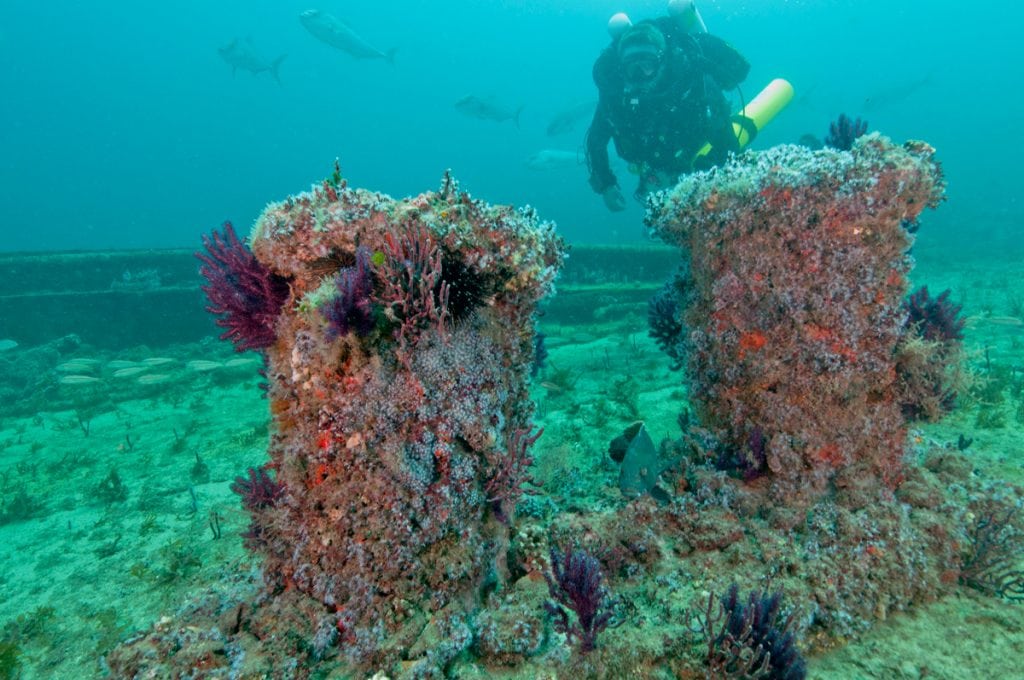

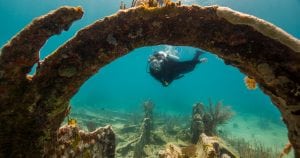
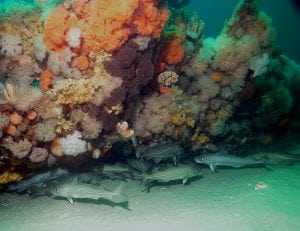
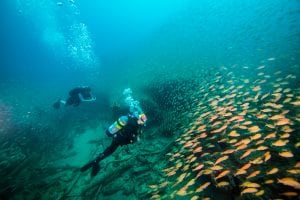
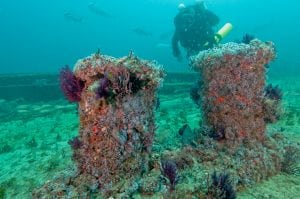
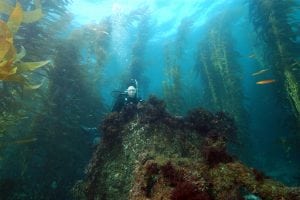
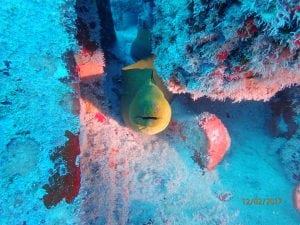












Why do we dump them into the gulf of mexico instead of scrapping them up?